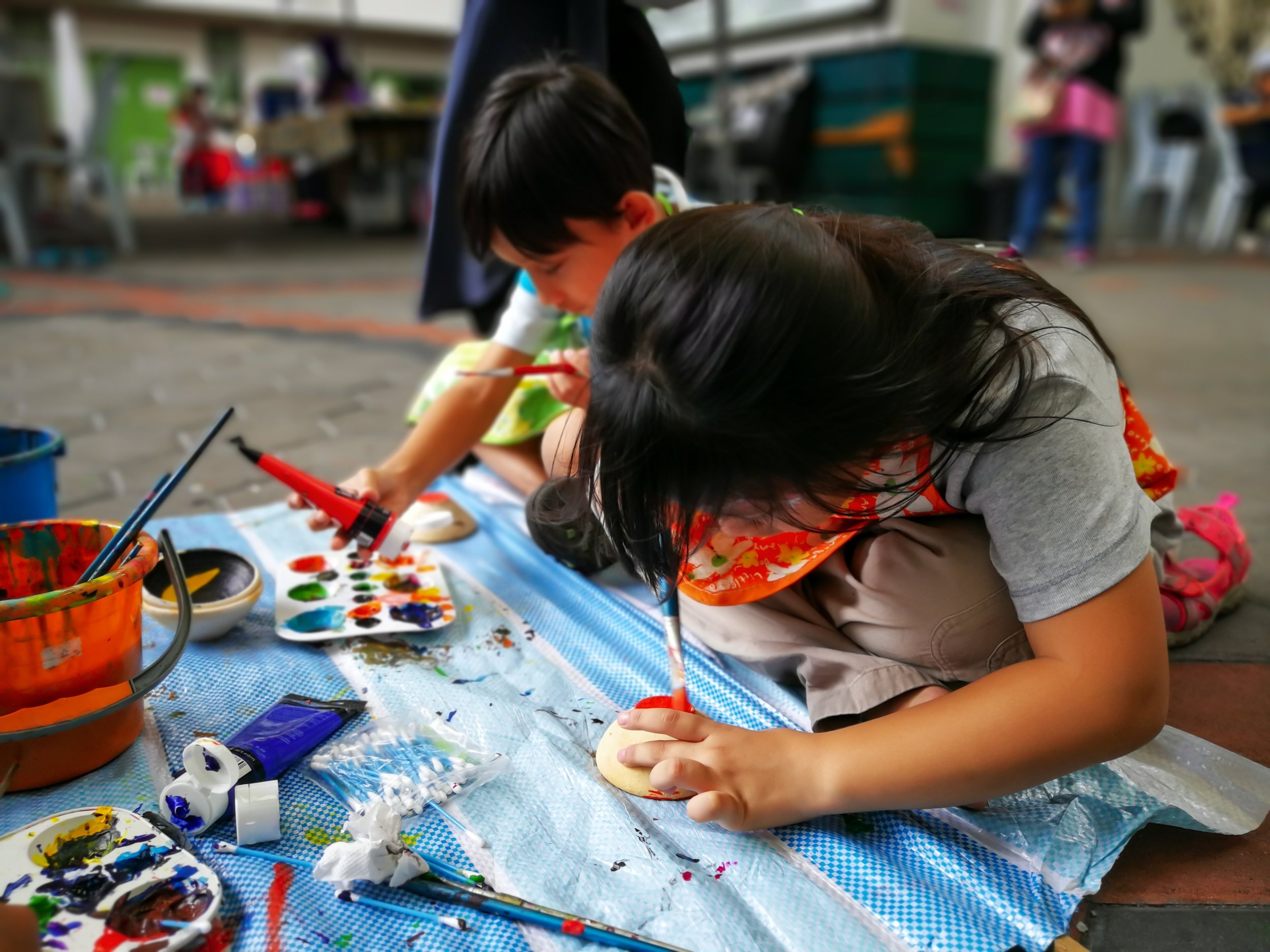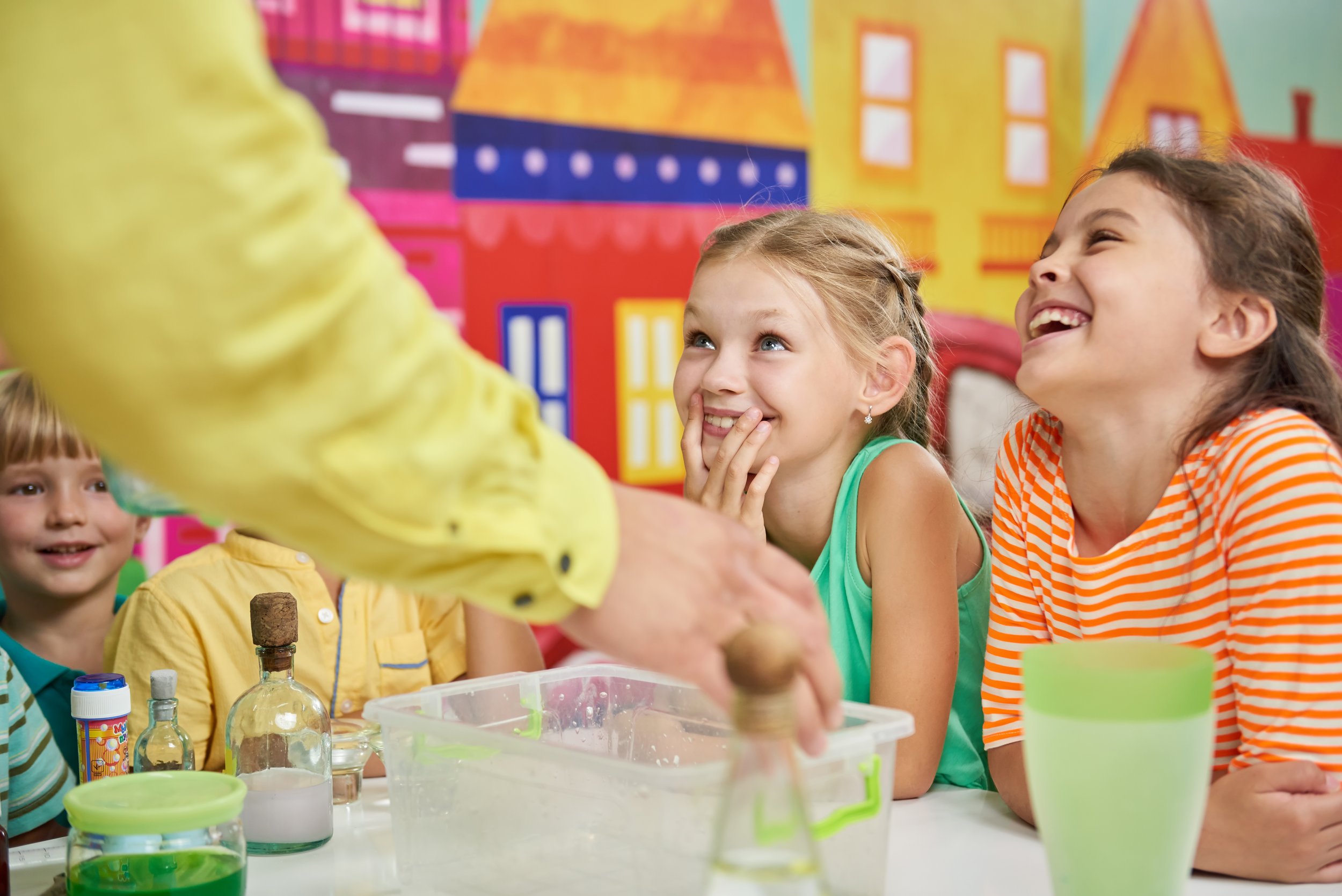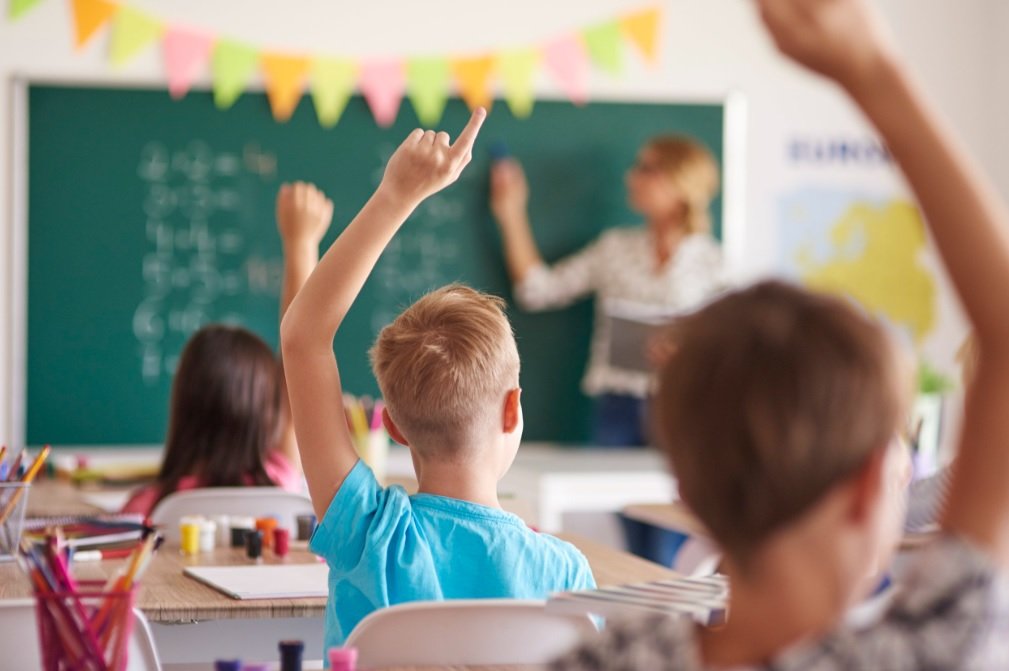🌟 Primary School Tutoring in Middlesbrough & Teesside
At Alpha Tuition, we provide high-quality primary school tutoring that supports your child’s development in English, Maths, and beyond. Our experienced tutors follow the National Curriculum, while also offering personalised learning plans to suit each child’s unique needs.
Whether your child needs help preparing for SATs, improving phonics, or boosting confidence in maths, our primary school tutors in Middlesbrough are here to guide them every step of the way.
🧠 What We Teach: Core Primary Subjects
📝 English Tuition
Our English lessons include:
Phonics and phonic screening test preparation
Reading comprehension
Vocabulary building
Handwriting skills
Spelling, punctuation and grammar (SPAG)
Creative writing and composition
➕ Maths Tuition
In Maths, we help students:
Solve worded problems with confidence
Practice times tables and mental arithmetic
Learn to count forward and backward from any number
Build strong problem-solving strategies
🎯 Personalised Support for Primary Learners
We understand that each child learns differently. That’s why our private primary school tutors tailor their teaching approach to your child’s goals—whether that’s academic improvement, confidence-building, or preparing for SATs.
📚 Support Includes:
National Curriculum alignment
SATs preparation and exam strategy
One-to-one tutoring for English, Maths, and Science
Regular feedback and progress tracking
Lessons available in-person (Middlesbrough) or online across Teesside
🔍 How We Teach: Proven Methods for Primary Learning
✔️ Active Learning
We engage children through hands-on activities, group discussions, and games to make learning fun and memorable.
✔️ Visual Aids
We use charts, diagrams, videos, and other multimedia tools to help pupils visualise and understand key concepts.
✔️ Repetition and Practice
Reinforcement through quizzes, practice worksheets, and games helps children retain information and build fluency.
✔️ Positive Reinforcement
We celebrate small wins to build confidence. Encouragement, praise, and constructive feedback are at the core of our sessions.
✔️ Differentiated Instruction
Every child is different. We adapt our teaching style and materials to suit individual learning levels and needs.
✔️ Creative & Playful Learning
We integrate stories, songs, and games to keep sessions lively, encouraging creativity and imagination alongside academic growth.
📘 Why Primary Education Matters
Primary school is the foundation of lifelong success. Here’s what it nurtures:
Fundamental skills: Literacy, numeracy, and communication
Critical thinking and problem-solving
Social skills and teamwork
Creativity and imagination
Cultural and global awareness
Physical and mental well-being
Early identification of learning needs
Preparation for secondary education
📞 Start Your Child’s Learning Journey Today
If you're looking for primary school tutoring in Middlesbrough or SATs tutors in Teesside, Alpha Tuition is here to support your child with compassionate, expert guidance.
🎉 Book your Free Consultation today
📍 In-person sessions in Middlesbrough or online across Teesside
📞 Call us on 01642 939355
💷 Lessons from just £14/hour
Alpha Tuition – Building Bright Futures from the Start.







